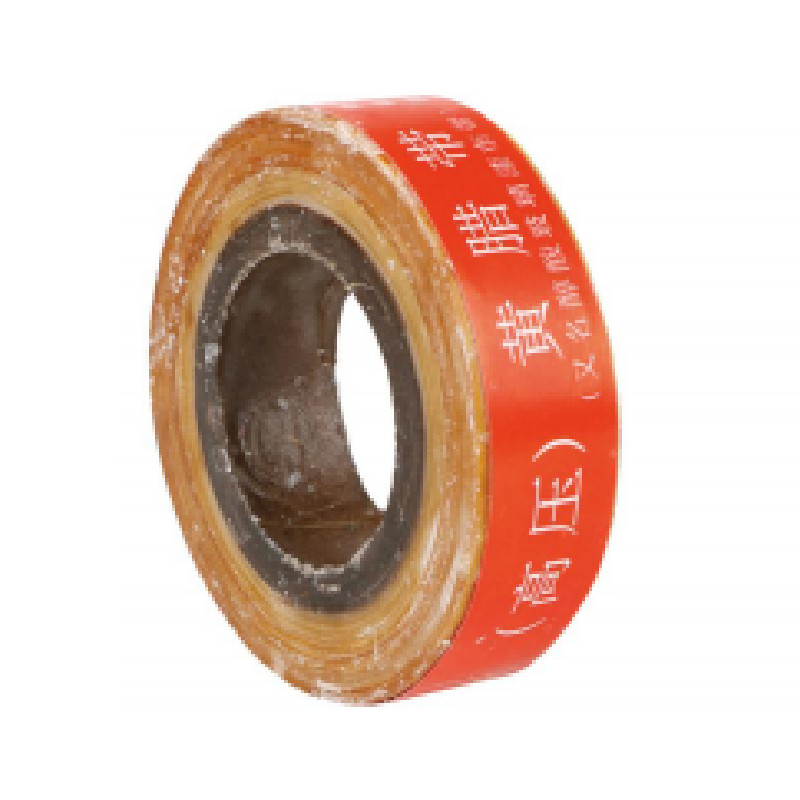Understanding 10mm Intumescent Strips Purpose, Applications, and Benefits
In the realm of fire safety, the significance of protective materials cannot be overstated. One such innovative solution is the 10mm intumescent strip. These strips are critical components in passive fire protection systems, designed to enhance the fire resistance of various structures, particularly doors and frames.
What is an Intumescent Strip?
Intumescent strips are made from special materials that expand significantly when exposed to high temperatures. The term intumescent refers to the ability of these materials to swell and form a thick, insulating char that acts as a barrier against fire. Specifically, a 10mm intumescent strip indicates that the strip has a width of 10 millimeters, making it an optimal choice for various applications where fire safety standards must be met.
How Does It Work?
The mechanism of intumescent strips is straightforward yet effective. Under normal conditions, the strip remains in a compact form. However, when temperatures reach a certain threshold (typically around 200°C or 392°F), the material begins to expand rapidly. This expansion can increase the strip’s volume by up to 50 times, creating a tight seal in gaps and spaces that would otherwise allow smoke and flames to pass through. This is particularly crucial in preventing the spread of fire between compartments in buildings.
Applications of 10mm Intumescent Strips
The application of 10mm intumescent strips is vast
. They are most commonly used in1. Fire Doors One of the primary applications of intumescent strips is in fire-rated doors. These strips seal the gaps around the edges of the door when they expand, preventing smoke and fire from infiltrating other areas of the building.
2. Windows and Glazing Intumescent strips can also be applied to window frames and glazing systems. In the event of a fire, they help to protect already vulnerable areas by blocking heat and smoke.
10mm intumescent strip

3. Wall and Ceiling Penetrations Anywhere electrical or plumbing penetrates walls and ceilings, intumescent strips can be installed to maintain a fire-resistive barrier.
4. Ductwork and Vents In HVAC systems, these strips are used to seal ducts, preventing the transmission of fire through the air handling systems.
Benefits of Using 10mm Intumescent Strips
Using 10mm intumescent strips offers a multitude of benefits
- Enhanced Fire Safety Primarily, they significantly enhance the overall fire safety of a building, which is crucial for protecting lives and property.
- Cost-Effectiveness Compared to active fire protection systems, such as sprinklers, intumescent strips offer a more economical solution without the need for complex installation and maintenance.
- Regulatory Compliance Many building codes and regulations require the use of passive fire protection systems, including intumescent strips, to ensure compliance and safety in commercial and residential buildings.
- Versatility These strips can be easily integrated into various architectural designs and can be combined with other fire protection methods for comprehensive safety solutions.
Conclusion
In summary, 10mm intumescent strips are a vital element in contemporary fire safety engineering. Their ability to expand rapidly when exposed to fire, coupled with their wide range of applications and benefits, makes them an indispensable component in the construction industry. Whether installed in doors, windows, or other critical areas, these strips play an essential role in safeguarding structures and minimizing fire hazards. As we continue to prioritize safety in building design, the importance of effective passive fire protection measures like the 10mm intumescent strip cannot be overlooked. Proper installation and maintenance of these strips are not only a legal requirement but an ethical duty towards ensuring the well-being of occupants and the integrity of properties. Fire safety is not an option; it is an essential commitment we must make for a safer future.
-
XIANGFAN Rubber Tape-Ultimate Solutions for All Your Insulation NeedsNewsJun.24,2025
-
XIANGFAN Rubber Tape-Protection for Industrial and Residential ApplicationsNewsJun.24,2025
-
XIANGFAN Rubber Tape: Superior Safety and Sealing for Demanding EnvironmentsNewsJun.24,2025
-
XIANGFAN Rubber Tape: Reliable Solutions for Every Electrical ChallengeNewsJun.24,2025
-
XIANGFAN Electrical & Industrial Tape: Powering Reliability Across IndustriesNewsJun.24,2025
-
XIANGFAN Electrical & Industrial Tape: Excellence in Every ApplicationNewsJun.24,2025
